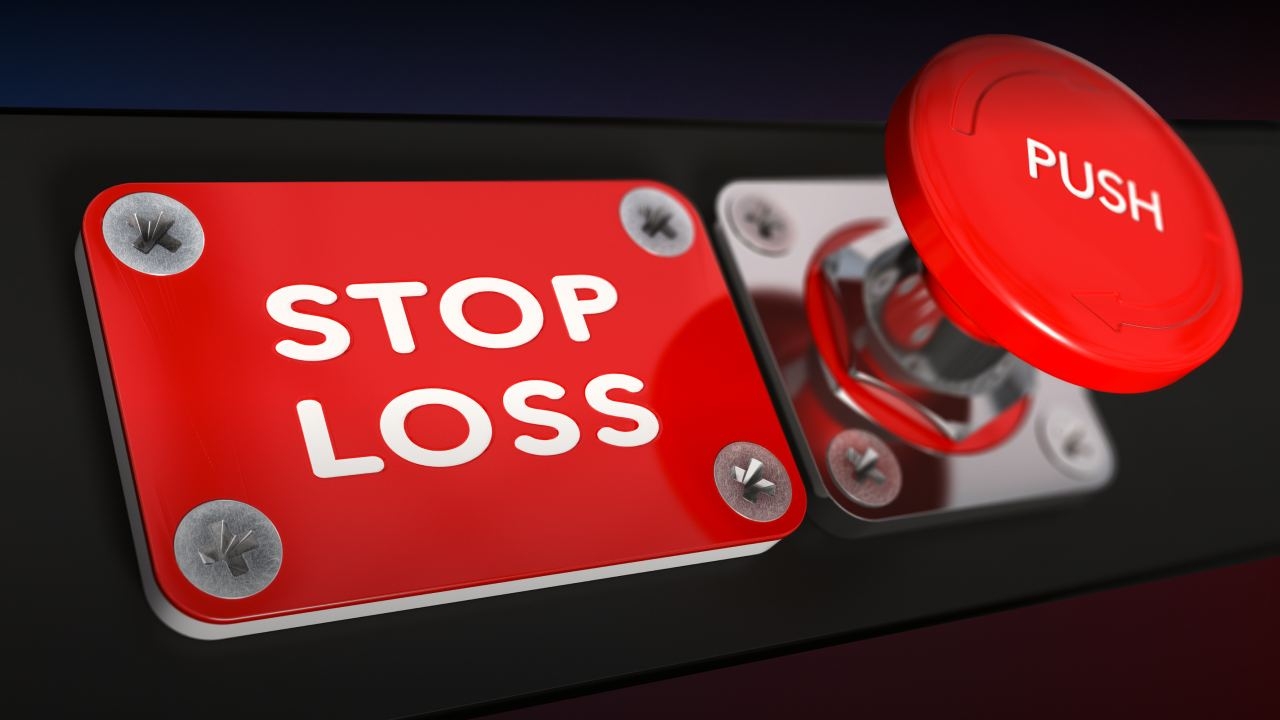Most traders who are more or less familiar with the field agree that the stock market is one of the most dynamic environments that can bring profits as easily as make them drastically disappear. Therefore, when getting into trading one should consider learning more about the instruments that might be helpful to you for trading. Two of such tools are known as stop loss and take profit, which we are going to talk about in this article.
How to set stop loss and take profit
Stop Loss and Take Profit are considered to be the “kings” of orders, as they make the trading process a lot easier, even if at the beginning they might seem complicated. In reality, however, those instruments help to control the process of trading when you are not there. In other words, both Stop Loss and Take profit close your trade automatically.
The difference between the two is that stop-loss limits a trader’s potential possible loss, while take profit helps to fix the profit at a certain level when it reaches the desired number. They are especially useful when you can’t constantly sit in front of a computer, or you need to open orders in the long term. In trading, every second could be crucial – the moments when a trader is absent and the market sharply turns from one trend to another happen quite often. Stop loss will help you minimize losses, while take profit will ensure you fix the profit before the prices drastically fall.📉
For determining the best level to set a stop-loss order, you should think logically – what is the next level that the market would have to cross to prove that your trading signal is wrong. This means that it’s worth setting a stop loss at the level which will allow you to get out of the trade as soon as possible if the market starts showing a negative trend. So, first of all, you should determine the level at which you set your Stop-Loss, and only after that start adjusting the trade volume. In addition, the Stop-Loss order should be consistent with your trading plan.
What is take profit in forex
As for taking orders – it is often used in pairs with stop loss, while they help to minimize the loss. Take profit ensures that the trader receives profit if the price moves in the chosen direction. The profit is expressed in pips or as a percentage of the entry point. For example, if a trader is expecting the price of the GBP/USD pair to increase by 20%. If the assumption turns out to be true, they might want to close the position and move onto the next trade.📊
The trader will set a take profit 20% above the market price, while the stop loss will be set at 5% below the market price to limit the loss. The trader is risking a 5% loss with a 20% profit.
Now that we discussed how to set take profit and stop-limit orders, let’s look at a few mistakes that beginner traders often make when working with stop loss and take profit.
🔴 The most common mistake is, surprisingly, simply choosing not to set a Stop Loss. There are many reasons for that: a trader is certain that he or she will always be able to monitor the market situation and it will be in control, or other reasons.
When placing a stop loss, you need to be using some common sense and logic, as well as analysis. Only in this case, the trading may be successful and the profit may be stable. Regardless, trading in financial markets carries a high level of capital risk. To reduce risks, it is recommended to strictly follow the rules of money management and always study the market trends.
❗️As it has always been the case, trading stocks online requires quite a bit of time and effort, and setting Stop Loss and Take order could make it a little bit easier. Moreover, the more you trade the better you get.


